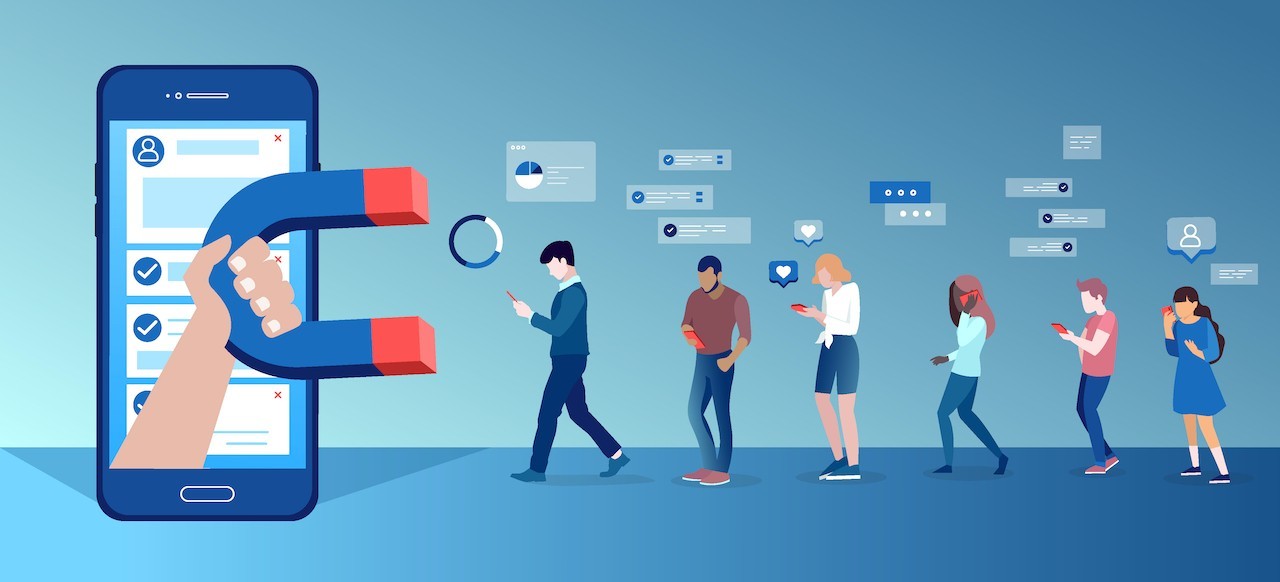Today’s events are having an unprecedented impact on consumer habits and purchasing approaches. It is no longer business as usual, and it’s likely to stay that way for some time.
Moving online or offering services and products digitally could become the foreseeable future for many businesses, including those in the fast-moving consumer goods industry. But this poses many problems and many questions.
How do we connect with customers is the same way we do face to face? How do we still drive sales in the way we do via the shelf?
Firstly, it’s important to not see digital platforms as a barrier to customer connections, but rather an opportunity to deepen relationships in a different way.
In June 2019, a Deloitte article stated that two thirds of the jobs created between now and 2030 will be reliant on soft skills.
At the time of the article being published there was a multimillion-dollar gap between the skills needed for the future and the number of people with those ‘skills’, which were skills of the heart, including empathy, good judgement, social intelligence and deep listening.
Businesses lacking skilled employees with the interpersonal skills that make customers feel seen, heard and understood, will need to address this in the coming months to be able to stand out and be memorable in the eyes of the consumer.
Here are three habits to help you overcome difficulties connecting via digital platforms.
Always reach a little higher when things get hard
Let’s be honest, dealing with people can be hard work, even at the best of times. Now add technology to the mix and we have a real problem!
So how do you maintain commitment to serving someone when it’s either too hard and uncomfortable using new technology?
Somewhere along the way, we’ve bought into the idea that we have to be motivated or feel eager in order to take action, but in actual fact, the best strategy is simply to show up and have a go regardless.
Doing what makes you feel out of your comfort zone is the spirit of service! So whether it feels hard or not, show up and learn the work.
Ask often (silently) what’s it like to be you?
Connecting with customers online always feels disjointed, you can’t reach body language and sometimes there is a lag in delay, which is why it is imperative that you get into their shoes and understand their real pain points.
Ask yourself things like: How happy would the customer feel with the decision we have made today? How would the customer want to receive this message? What else have we not thought about that the customer would raise if they were in the room today?
It’s the quickest way to dial up your understanding of the needs of the people you serve.
Listen to understand not to contribute
When you’re serving people, there’s an intelligence in doing less than you may think is needed. Arrive in a conversation with curiosity: intending nothing more than to simply listen and understand them.
You don’t have all the answers, nor do you need to have all the answers. The first step towards humility is letting the other person speak first. By allowing others to speak first and more often, you’re showing them that you believe their contribution is important.
Serving others is a gift if you choose to see it that way. No matter how predictable you may think people are, you will be challenged by the fundamental indeterminacy of human interaction, whether that face to face or online.
This article appeared in insideFMCG.




